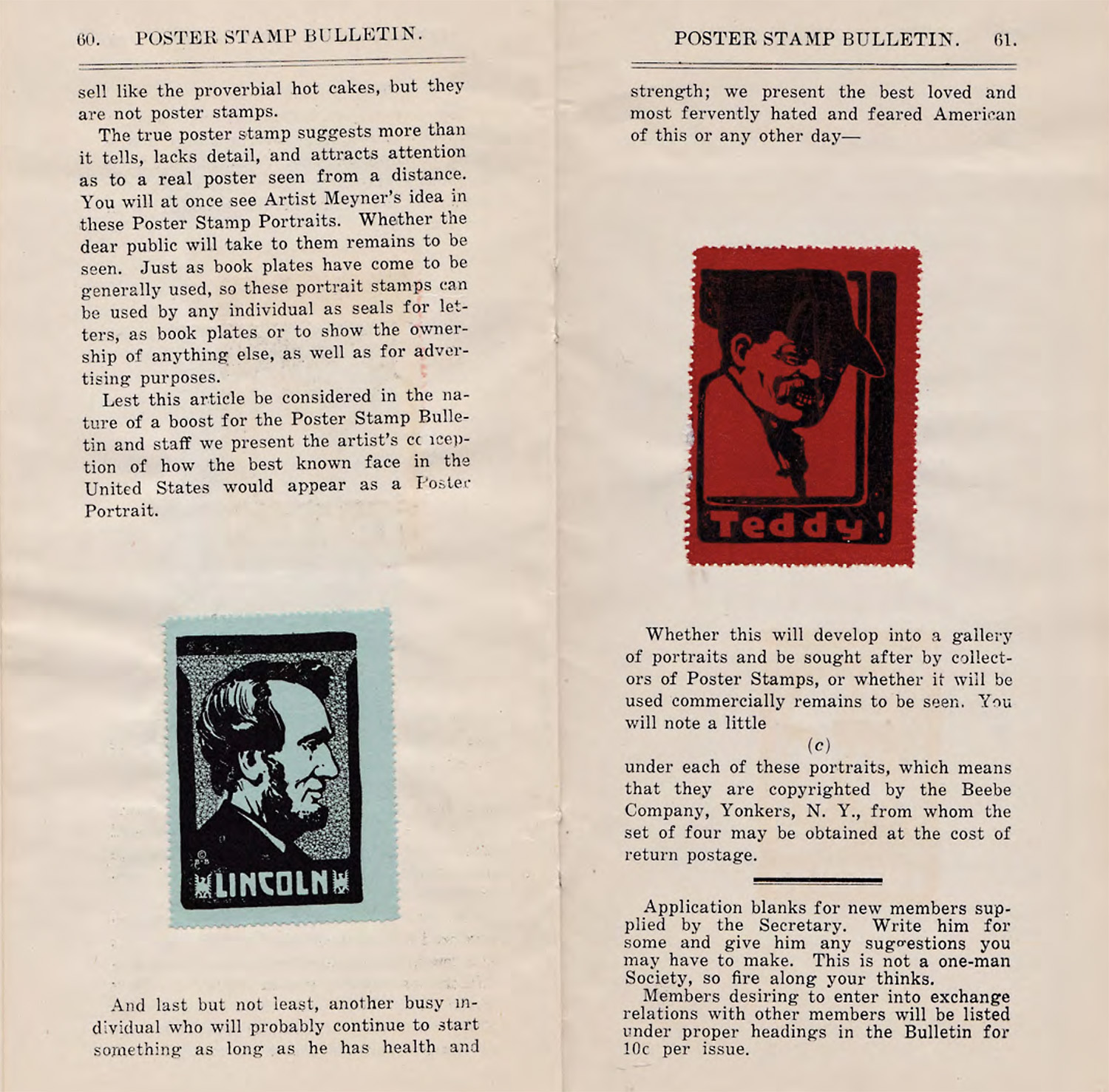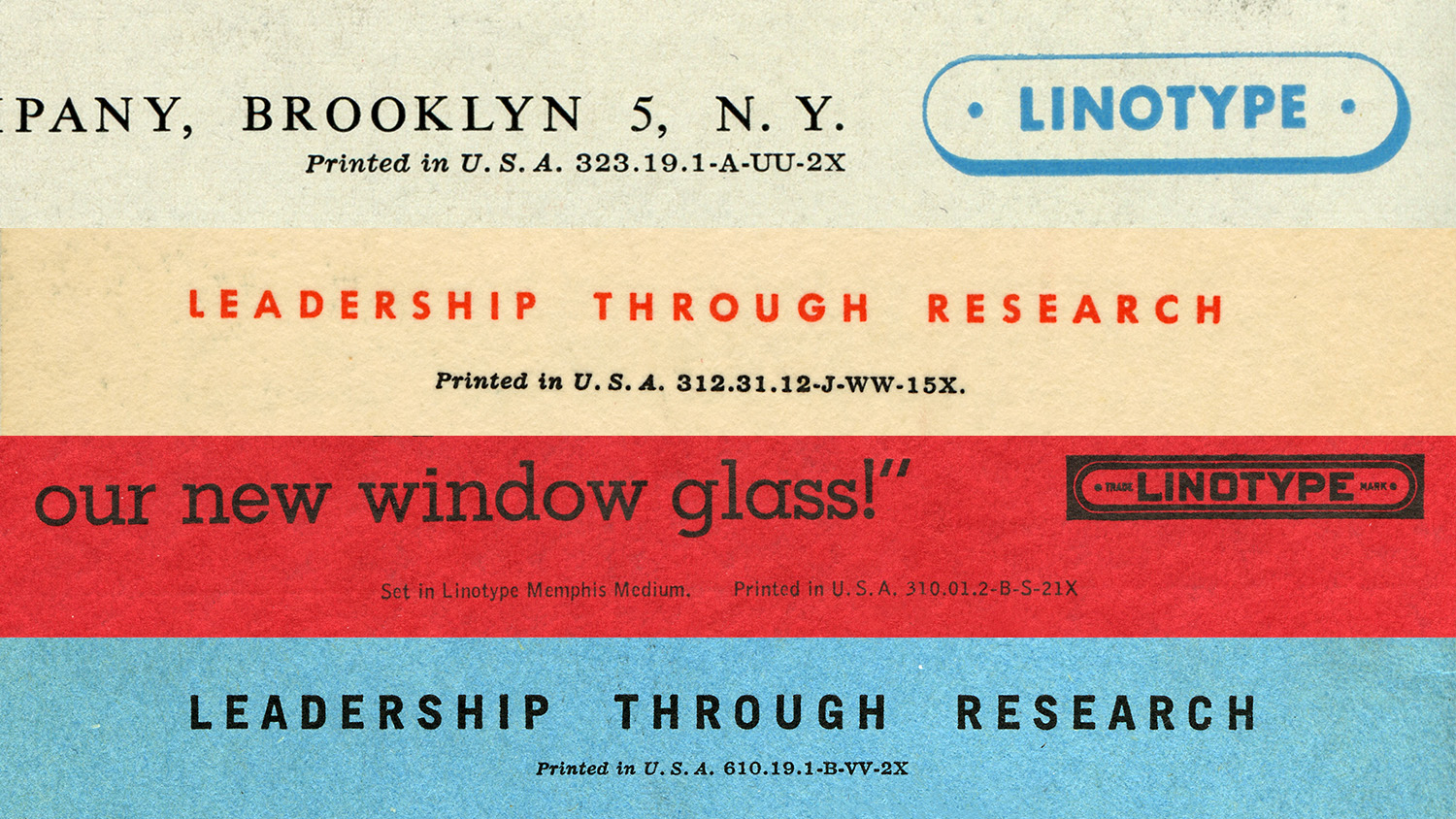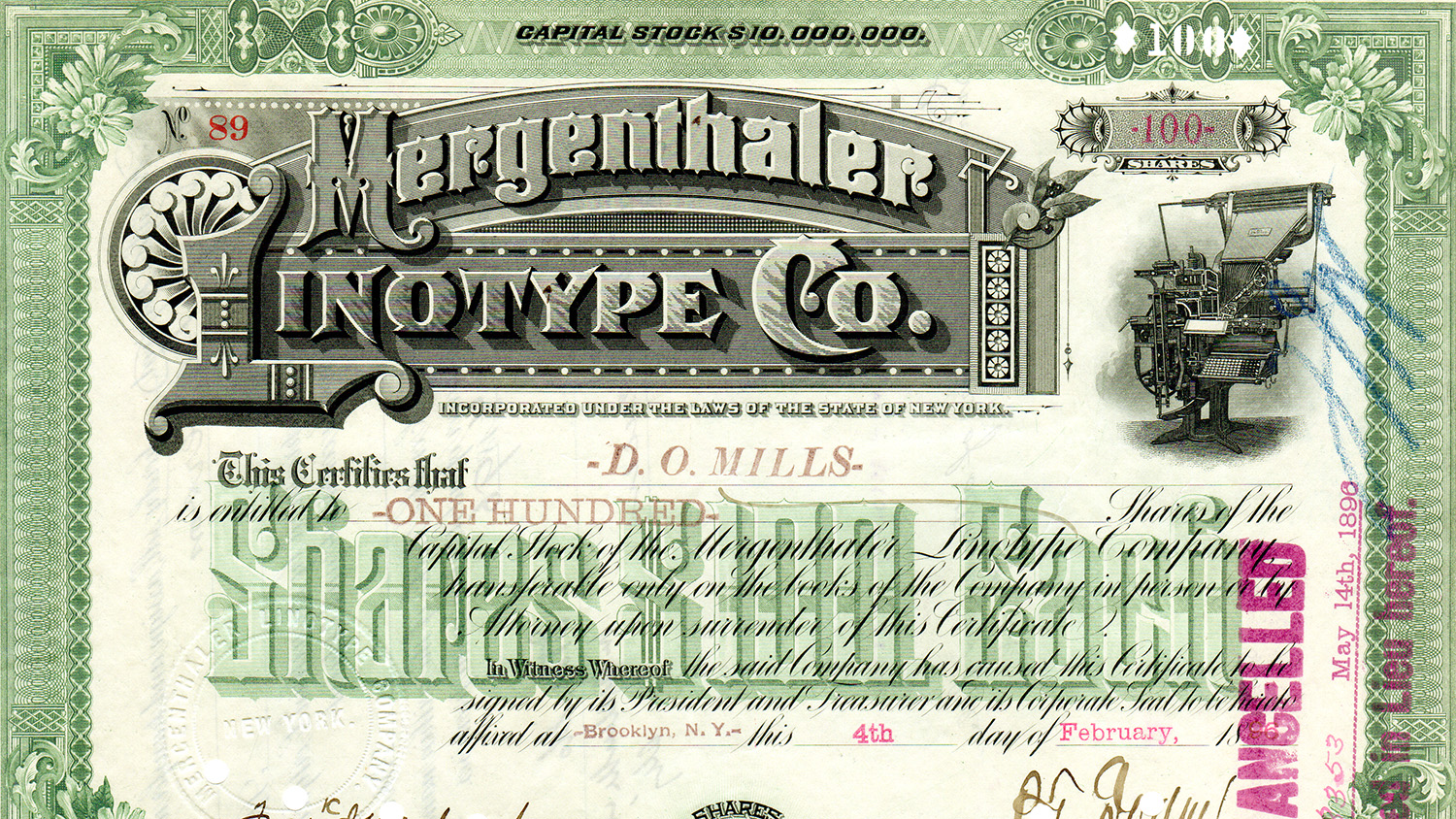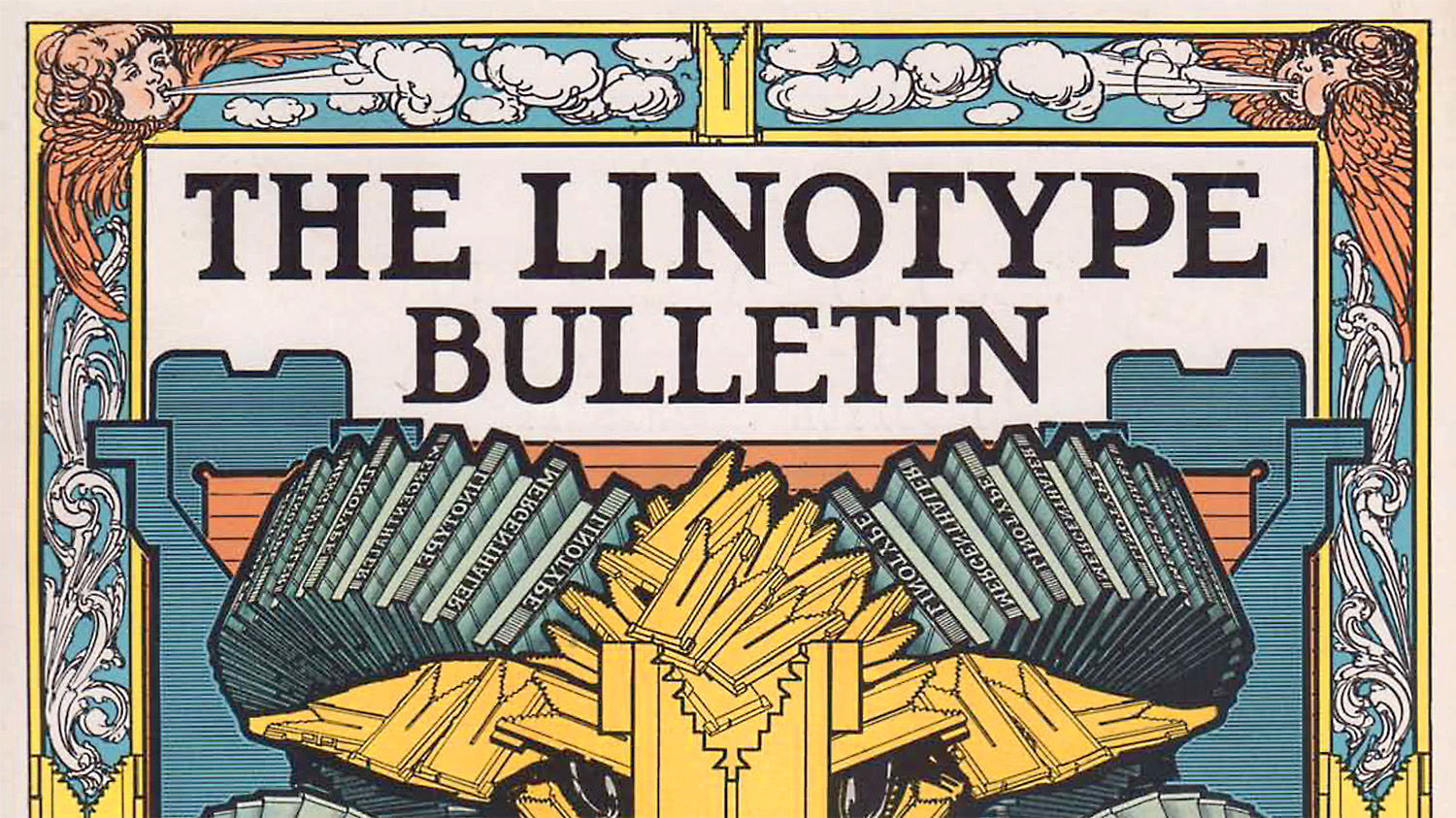
“The Linotype Bulletin” Astrological Magazine Covers
Six amazing magazine covers from 1914
Published: 14 Nov 2023
Topics: Linotype, Typography, History, Design
TL;DR: Illustrator Walter Meyner made six covers in 1914, combining the Linotype & astrological signs
It All Starts with a Ram
In 2012, I screened our film at the International Printing Museum for the Los Angeles premiere. It was a fun night, with many fans in attendance. I remember their Linotype was hot and most attendees stayed after the screening to get their name cast in a Linotype slug — the best party trick of all.
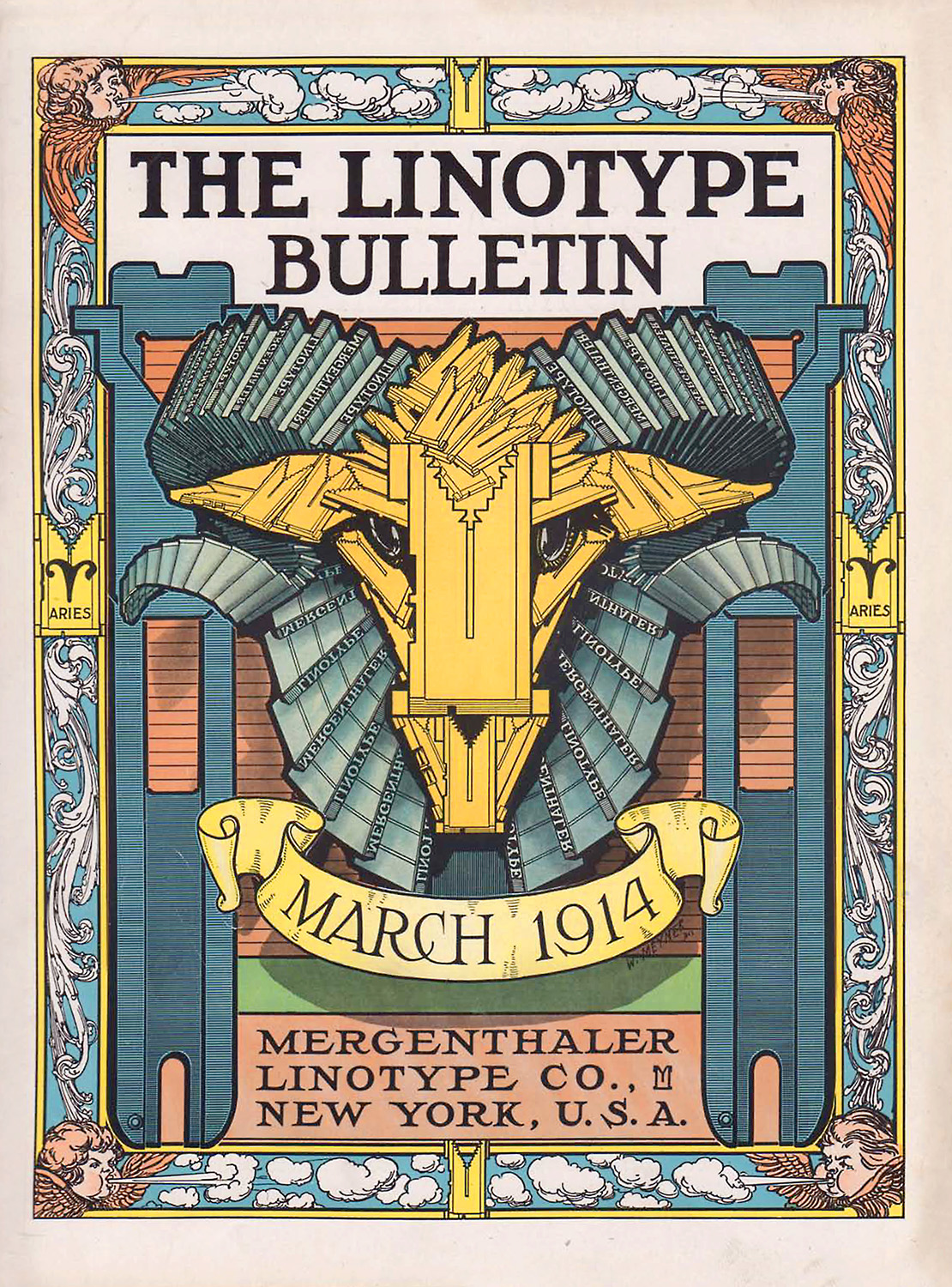
That evening I was shown this cover from March 1914 based on Aries and it absolutely blew my mind. The ram head made of Linotype matrices! The horns constructed of Linotype slugs! The giant spacebands framing the ram! The cherubs in the corners blowing the early spring winds! If you can’t tell, it was love at first sight.
After seeing the ram cover, I wanted to learn more and discovered this was one in a series of six covers for the magazine illustrated by the same artist: Walter Meyner.
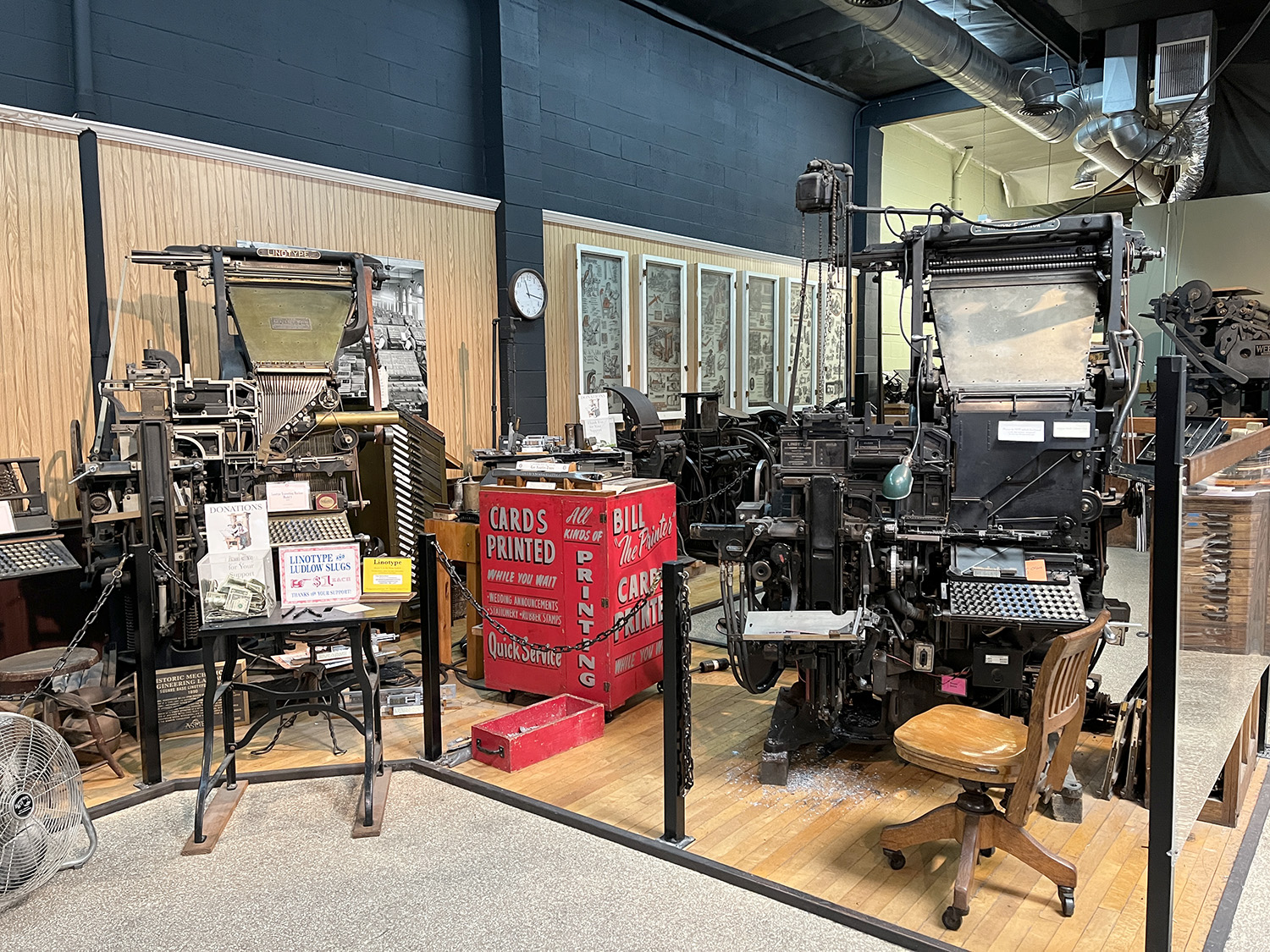
Documenting “The Linotype Bulletin” Covers
The Linotype Bulletin was a printed magazine from the Mergenthaler Linotype Company which was published between November 1904 through February 1926. The first issue declares it is “Devoted to the Linotype and Its Users” and is a combination of promotion, practical advice, and a snapshot of the typesetting and printing industry in the early 20th century.
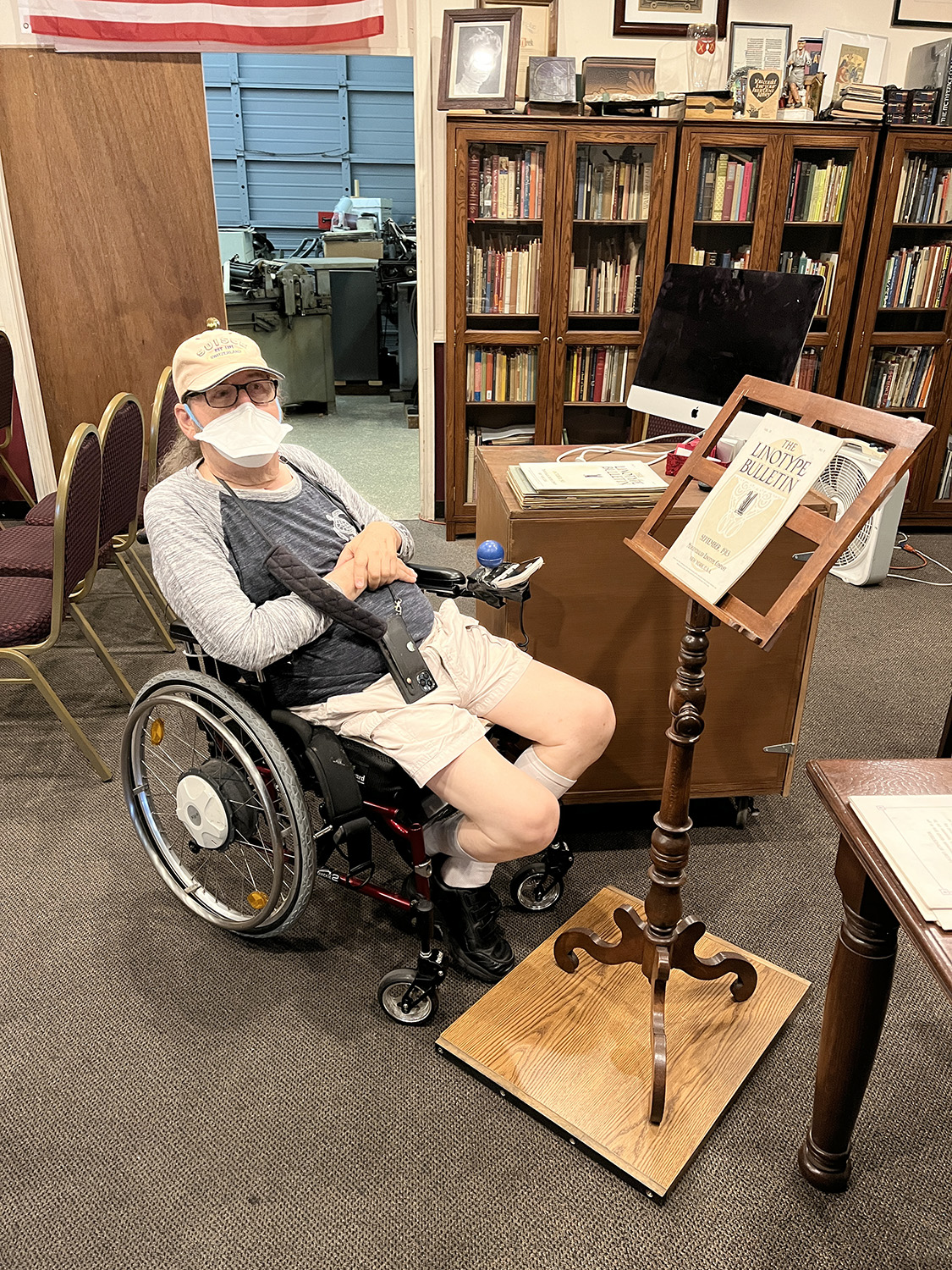
On a visit to the IPM in August 2023, I photographed their collection of Linotype Bulletin covers and spent time examining their rare composing machines. Looking through all of the covers, these six illustrated by Meyner are the most illustrative, striking, and evocative of the entire run of over 160 issues. Just looking at the staid covers from before and after makes me imagine how exciting it would have been to receive these issues in the mail.
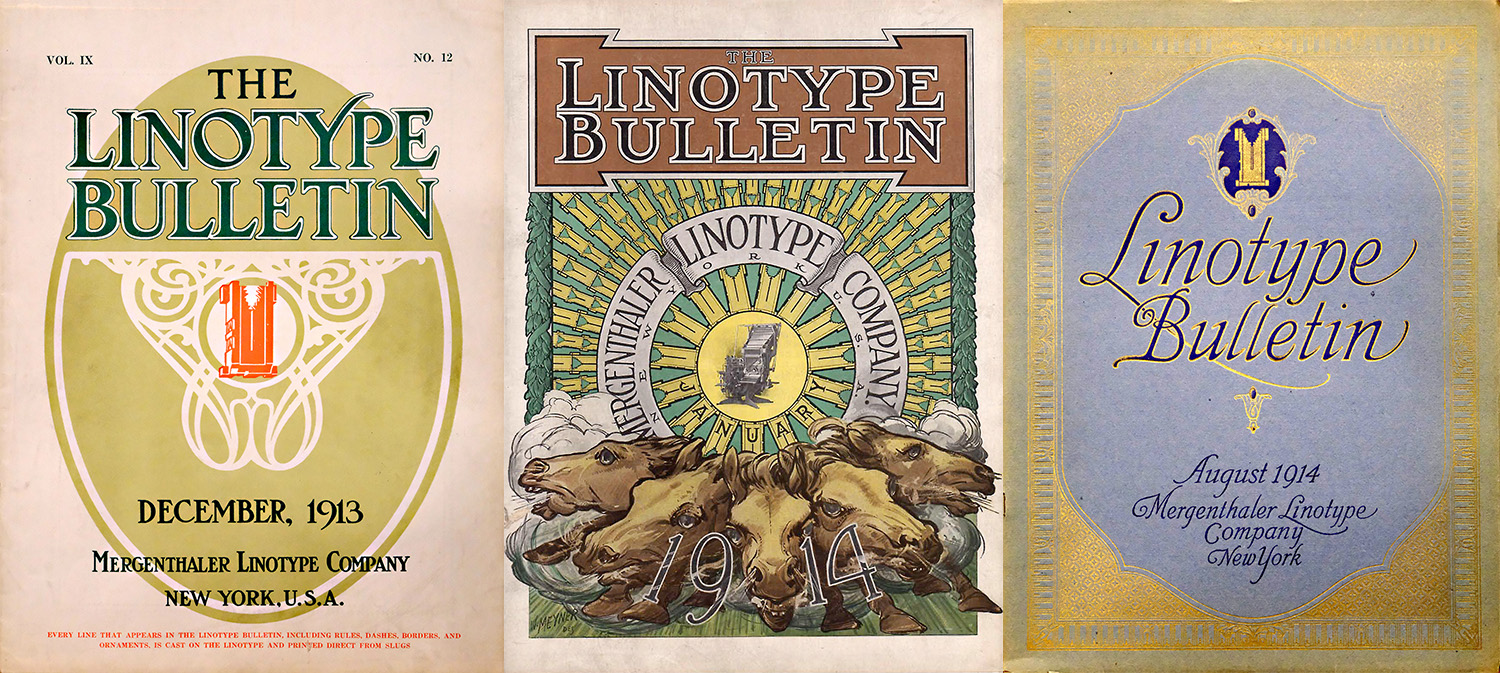
Side note: Through my book project research at Columbia University, I was able to photograph the one missing Meyner cover from IPM’s collection, so now I have images of all six for my research.
All Six Covers
Although not every cover takes inspiration from astrological signs, at least four certainly do. This is pure conjecture, but I imagine Meyner starting out slow at first to convince the Linotype marketing people of his concept, and then he really blew them away with the full series.
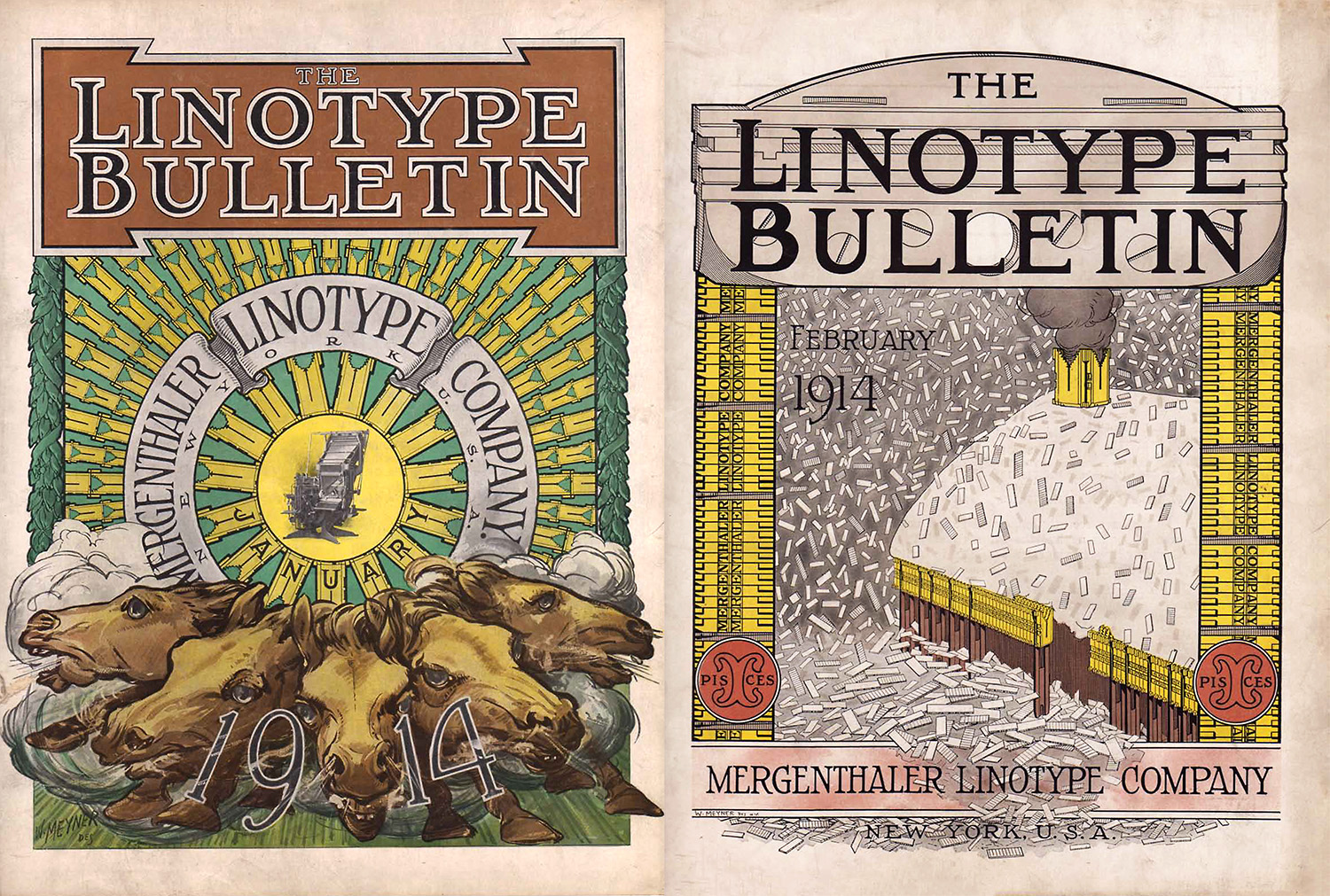


Walter Meyner: Commercial Artist & Painter
Walter Meyner appears to be a typical commercial artist who worked in NYC and LA and also painted on the side. How he was connected with Mergenthaler Linotype Company and commissioned for these six covers is unknown, but I did find that he was experienced in magazine covers; illustrating at least one cover for Vogue and ads which appeared in Life during his career.
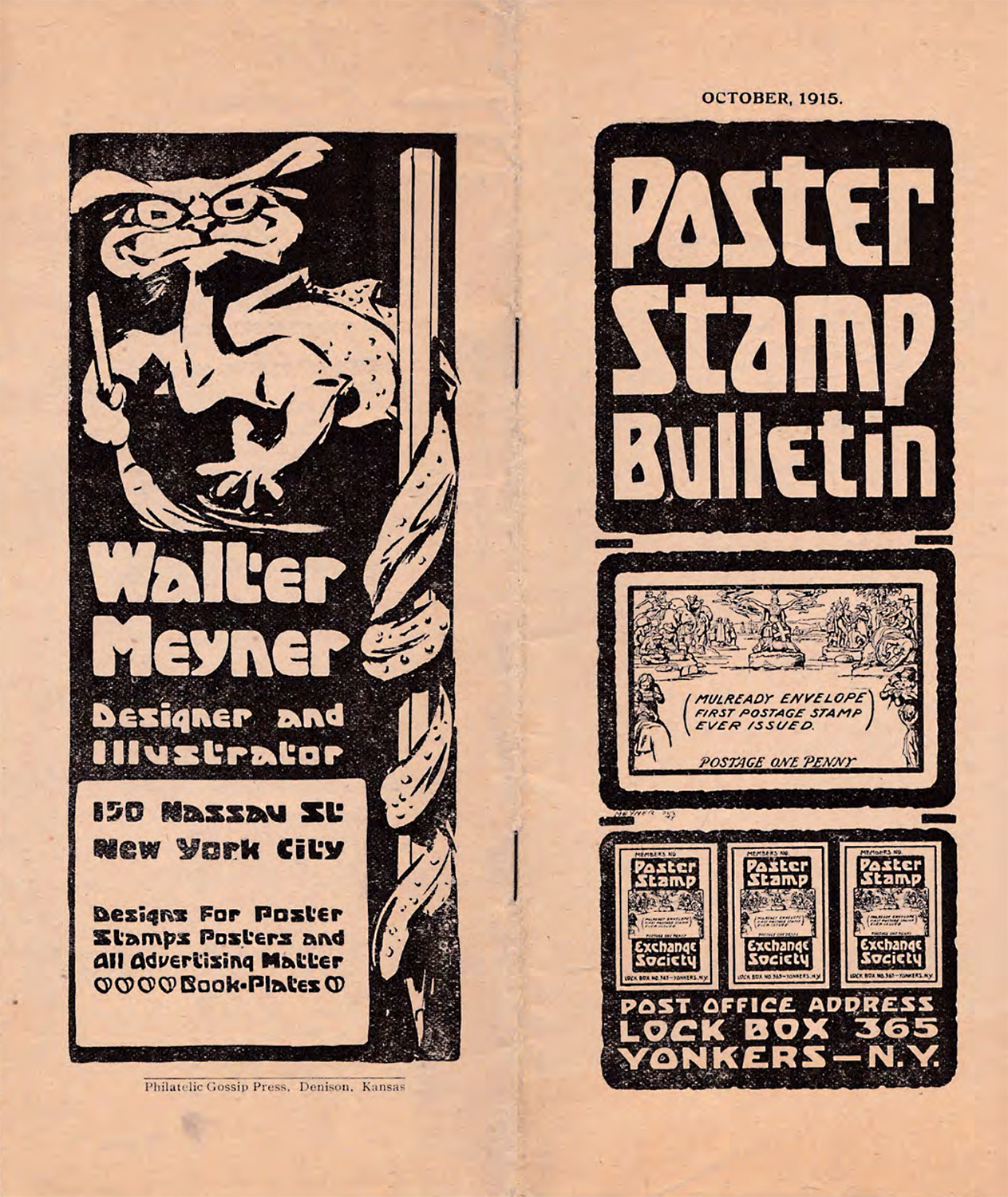
When looking at his fine art work, he seems to be a minor American landscape painter in the impressionistic style that worked until his death in 1938. His works are in a few museums, but there isn’t even a Wikipedia page about him. You can see three of his landscape paintings here and another one that I quite like here.
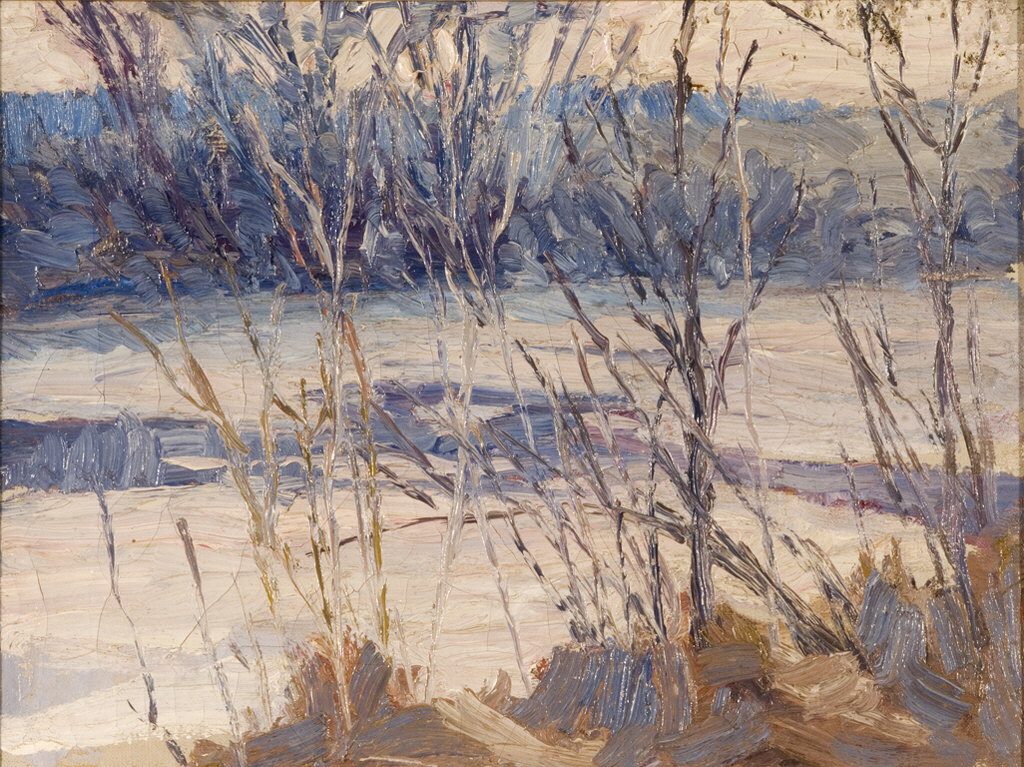
Commercial Design & Advertising
Some further digging uncovered his association with the Poster Stamp Exchange Society in Yonkers, New York. Advertisements for his design & illustration services are on the back cover of Poster Stamp Bulletin for several issues in 1915 and it seems likely he had a friendly relationship with the publisher; as there is an extensive article about his work in stamp design.

At least once, Meyner advertised in the popular printing magazine The Inland Printer with a clever-enough illustration that it was mentioned in their June 1903 issue.
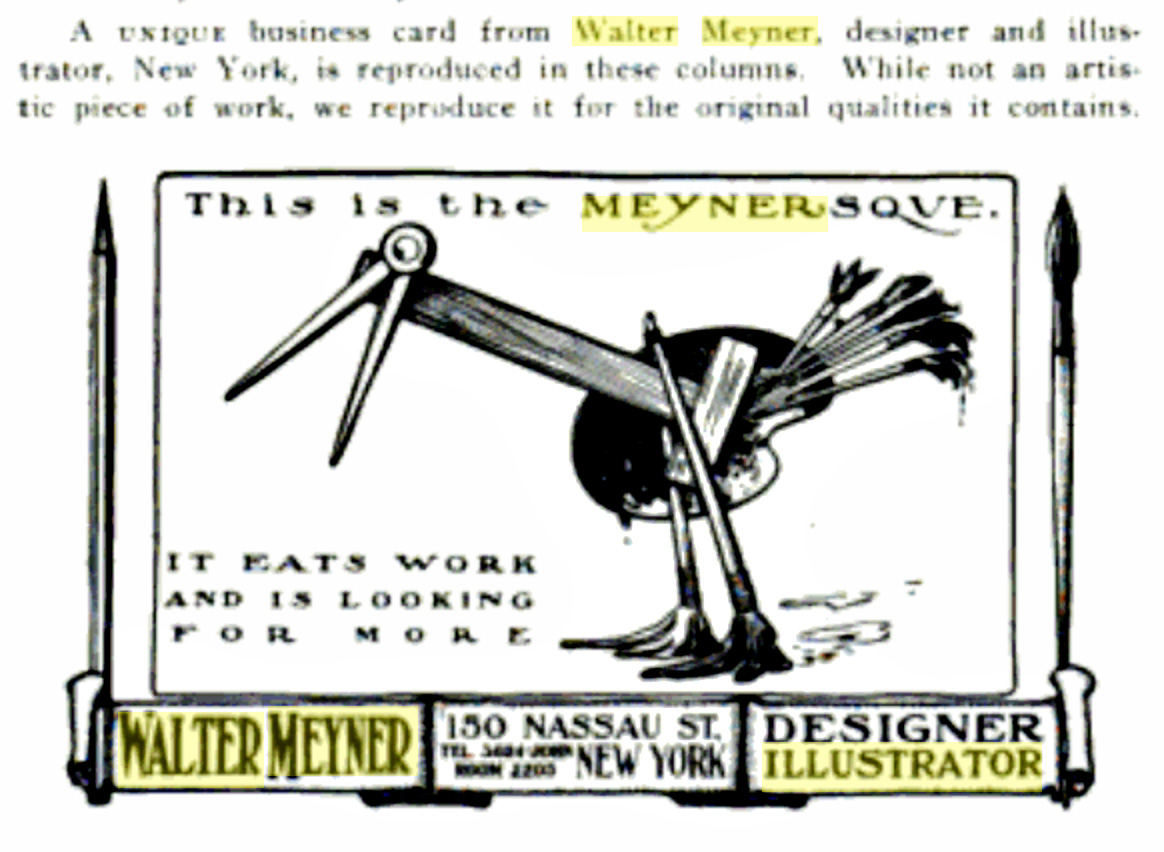
Invisible, Radioactive Pencil Patents
Well, that is a heading I never expected to write on my blog…
As I dug further, I uncovered a patent granted to Meyner on July 12, 1921. At first glance, it just seems like a pencil with a removable or replaceable center graphite core, but when I read the application, it got far more interesting.

“If desired, the core or writing agent may be made up entirely of radium paint material, which may contain a sufficient proportion of oily substance to keep the same sufficiently soft for writing purposes.
If no pigment or coloring matter is used, the markers made by the pencil may be undecipherable in the light, but will appear plainly in the dark by reason of their self-luminous character.”
My guess is nothing much ever came of this patent or the use of poisonous radioactive materials, but it shows that Meyner was an inventive (please excuse the pun) and creative person making ends meet through various means and it’s an interesting anecdote to the whole story of these magazine covers.
So, that is the history of six beautiful Linotype Bulletin covers and all the information I could find about the illustrator. I hope you’ve enjoyed this fun, rabbit-hole peek into a tiny corner of Linotype history.
